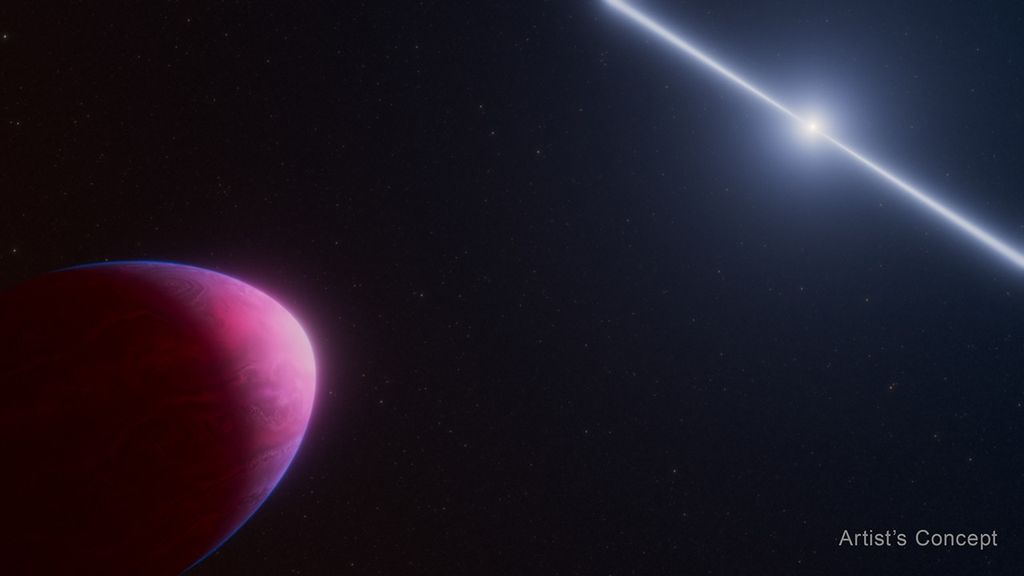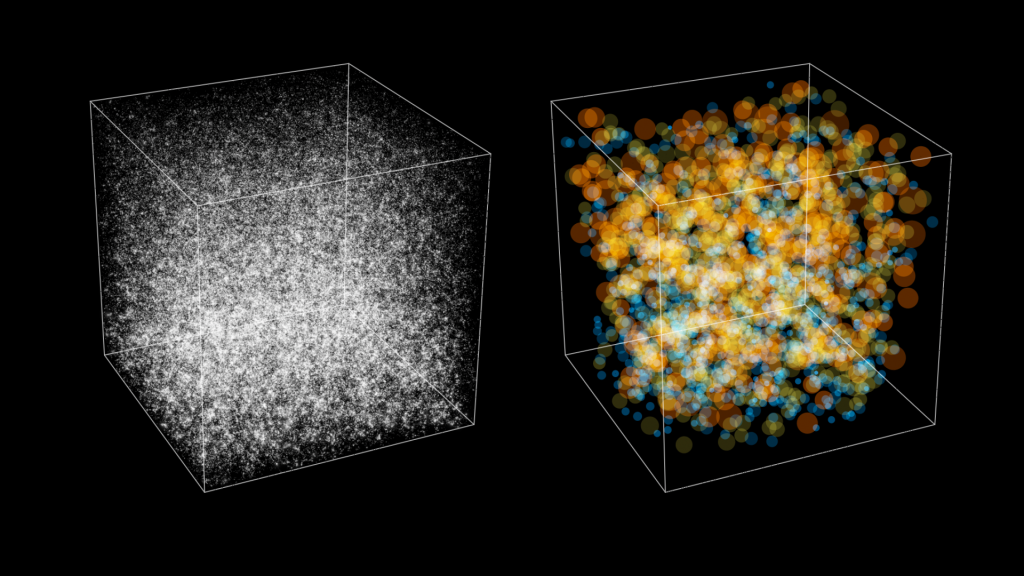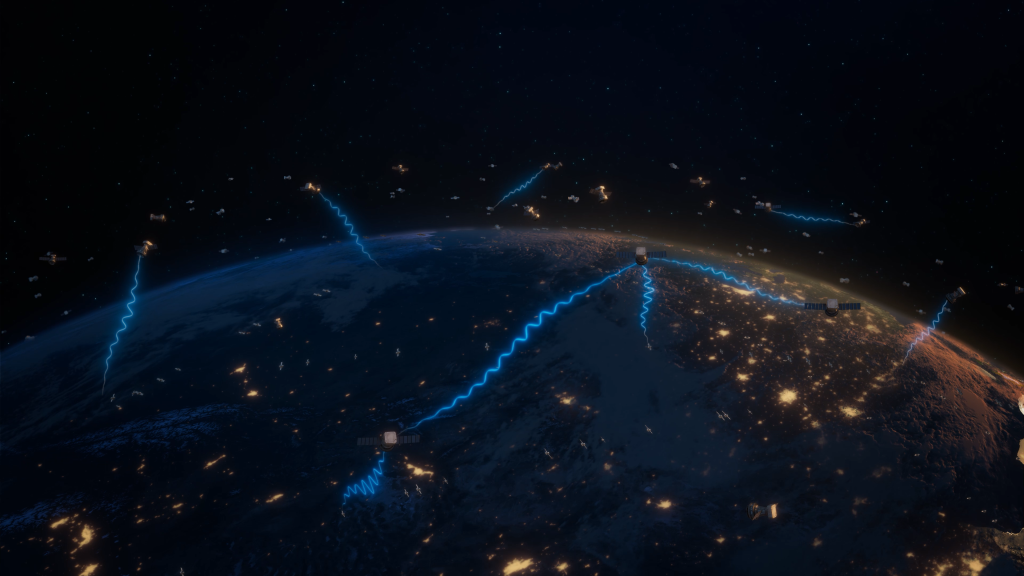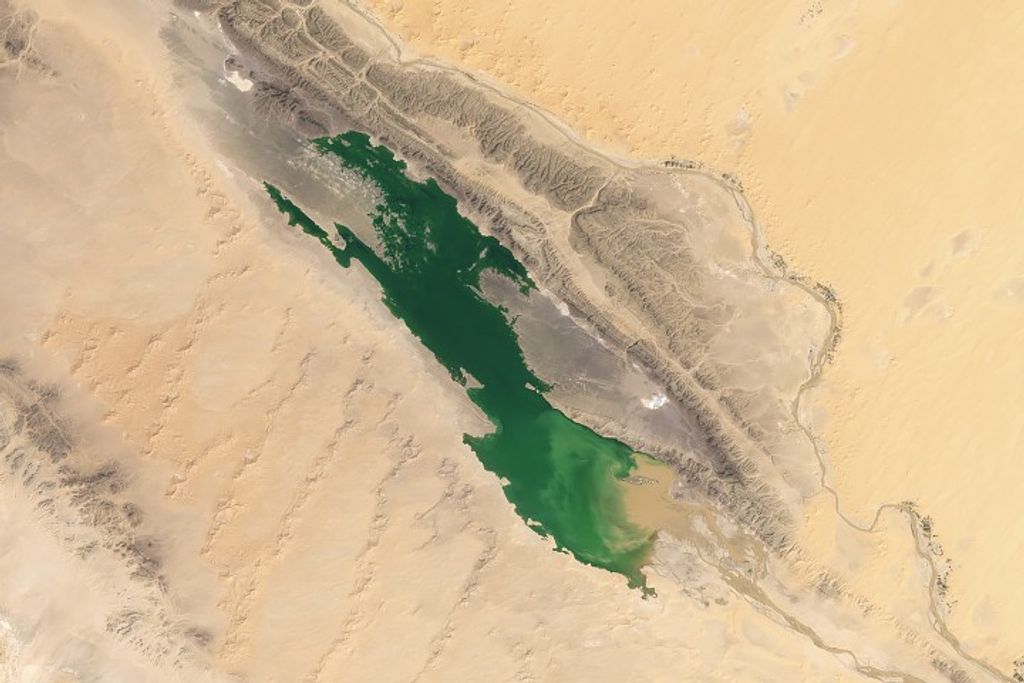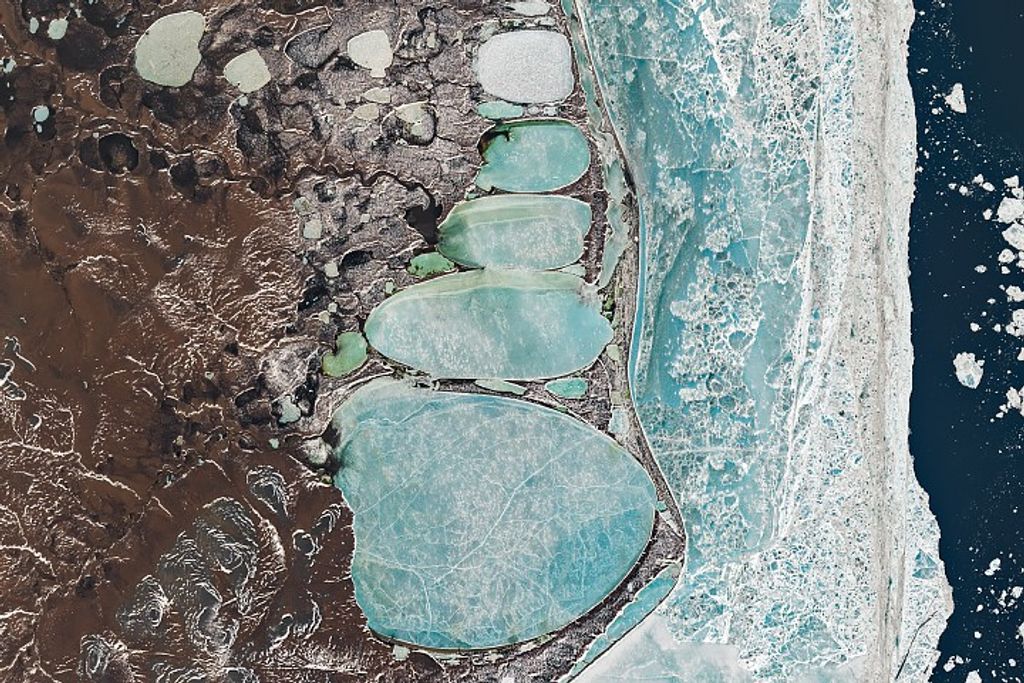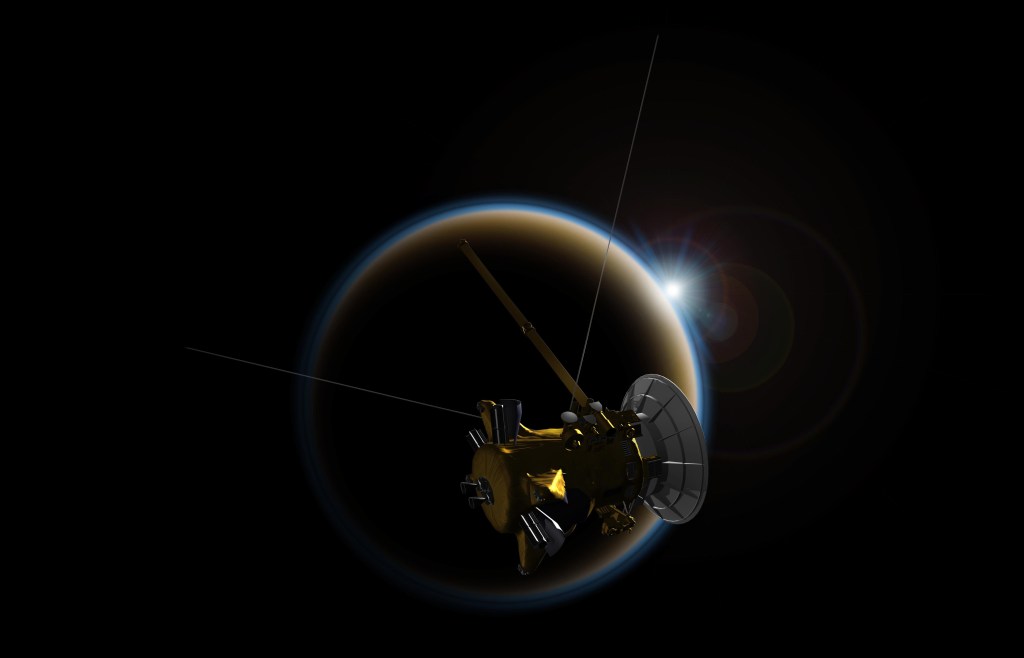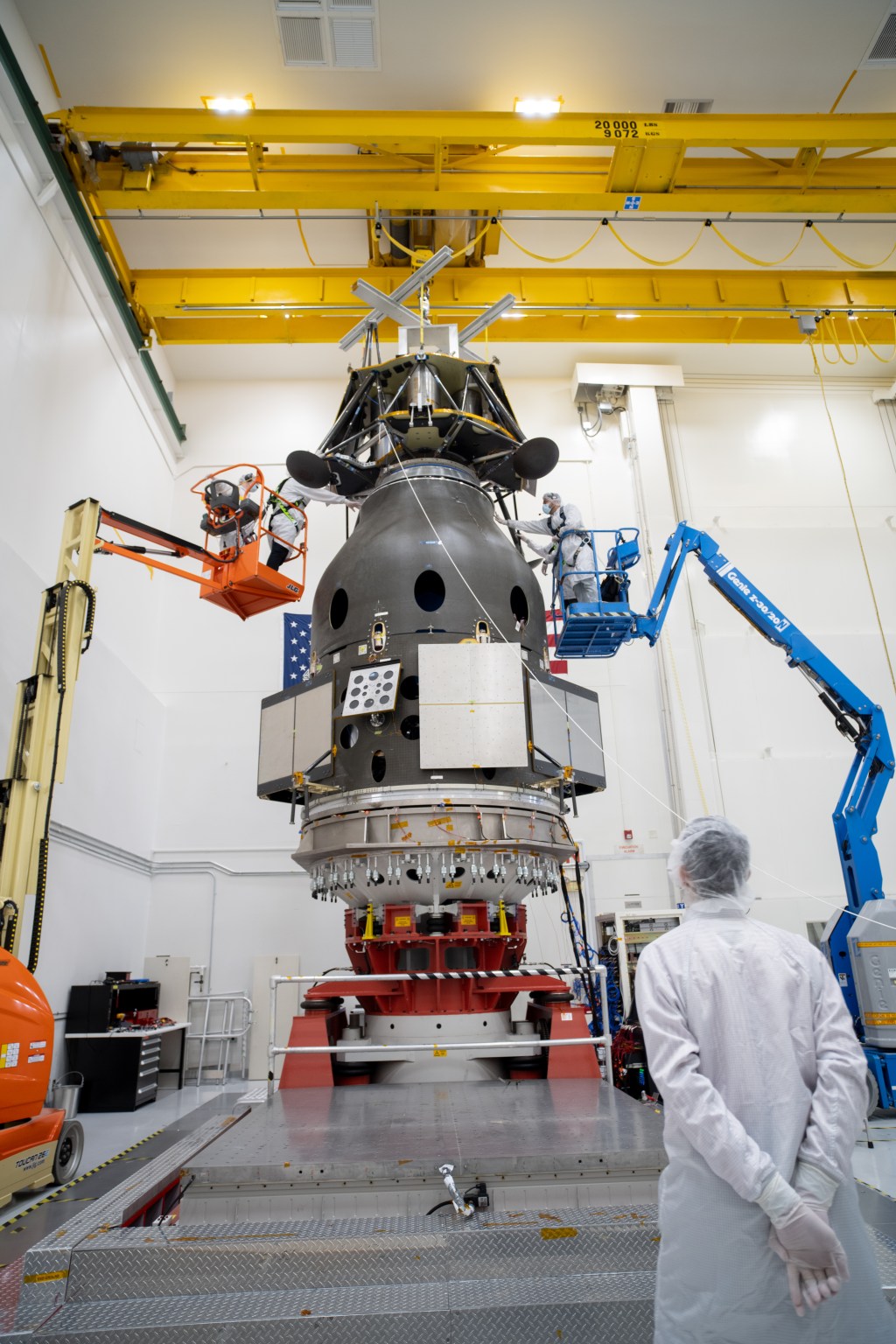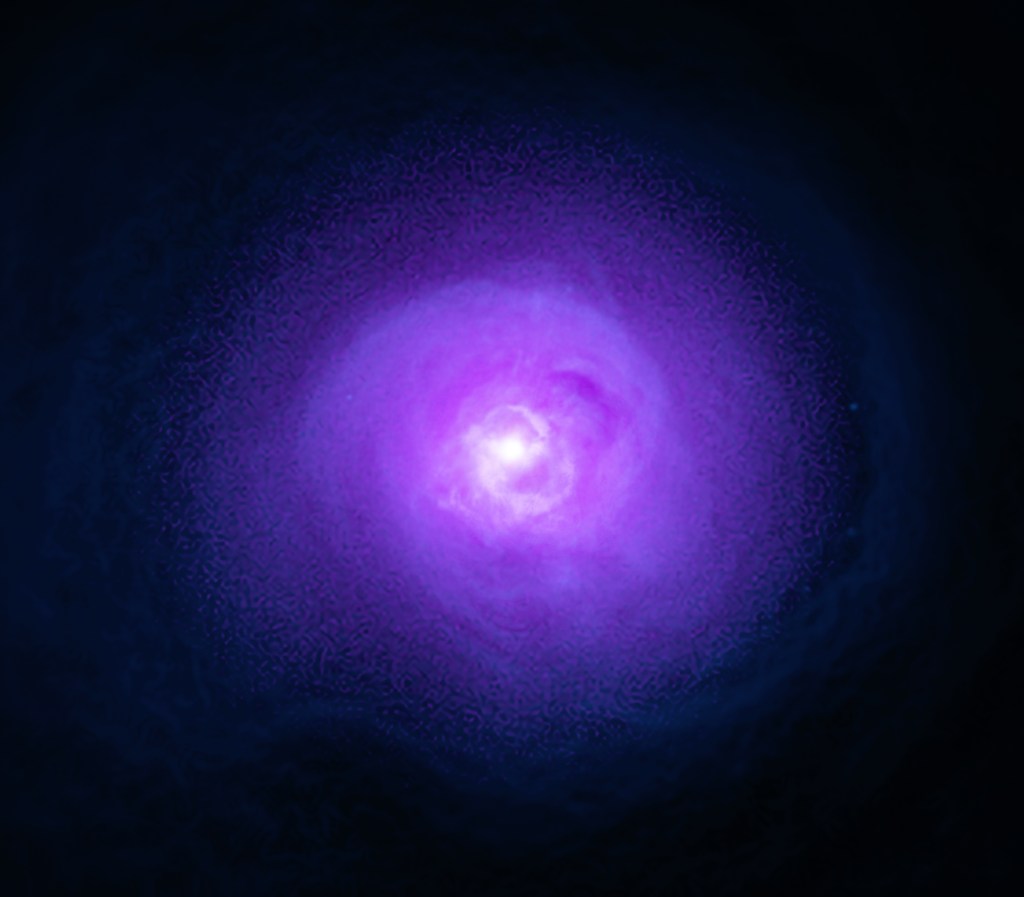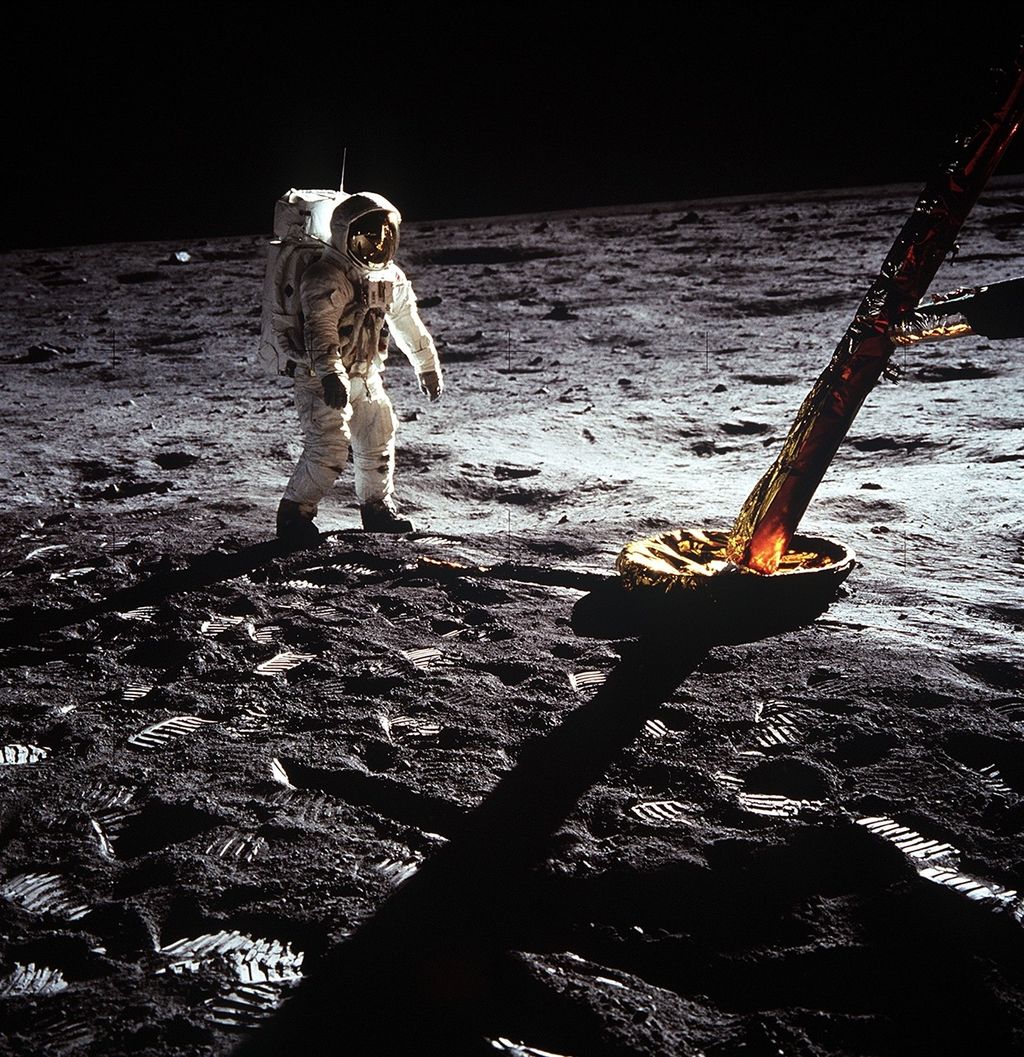NASA Space Place: Explore the Electromagnetic Spectrum

This artist's illustration shows a planet (dark silhouette) passing in front of the red dwarf star AU Microscopii. The planet is so close to the eruptive star a ferocious blast of stellar wind and blistering ultraviolet radiation is heating the planet's hydrogen atmosphere, causing it to escape into space. Four times Earth's diameter, the planet is slowly evaporating its atmosphere, which stretches out linearly along its orbital path. This process may eventually leave behind a rocky core. The illustration is based on measurements made by the Hubble Space Telescope.
| Levels |
|
|---|---|
| Material Type |
|
| Heliophysics Big Ideas |
|
| NGSS |
|
| Heliophysics Topics |
|
| Related Missions |
|
| Material Cost per Learner | Free |
| Language | English |


